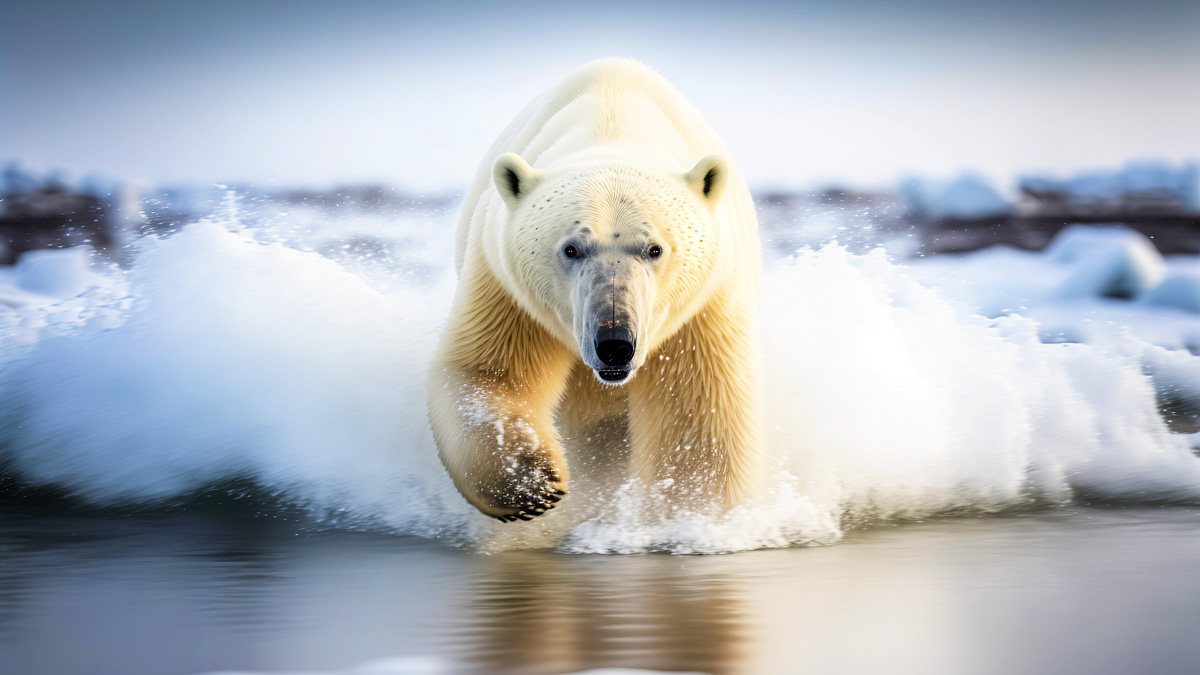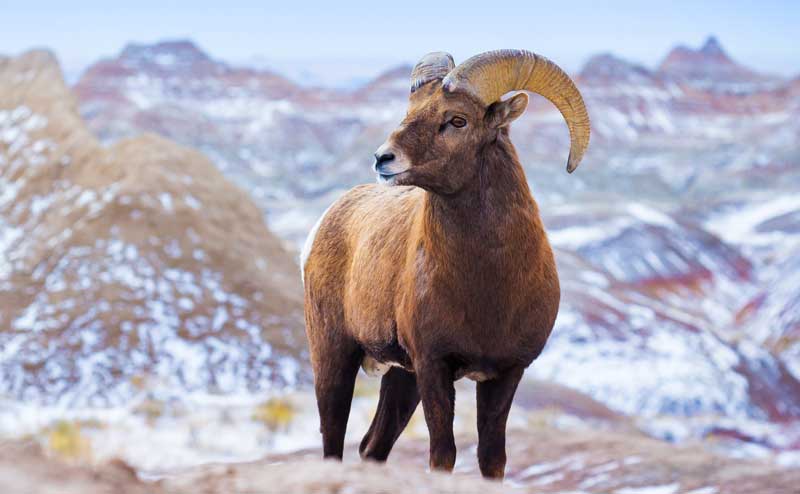Last Updated on February 1, 2025 by Avia
I’m pretty jaded when it comes to certain days that are devoted to recognizing or celebrating something. I always figured that love, appreciation, and honor should be extended to worthy recipients every day of the year. However, I suppose there is nothing wrong with dedicating a day in order to raise awareness. This brings me to International Polar Bear Day, which takes place on February 27th.
International Polar Bear Day (IPBD) is a time to recognize the importance of these majestic creatures. In this instance, having a day devoted to polar bear awareness is probably a good idea. Currently, these amazing animals are really struggling to maintain their rightful place in our world. So, I thought an article about IPBD, polar bear meaning, and ways to celebrate International Polar Bear Day would be worthwhile to bring much-needed attention to this regal beast. That said, I hope you enjoy these insights about the diversity, beauty, and meaning of polar bears, along with the background and history of International Polar Bear Day. Enjoy!
Table of Contents
- What is International Polar Bear Day?
- Ways to Celebrate International Polar Bear Day
- Ways to Support Polar Bears (on February 27th and Beyond)
- Symbolic Meaning of Polar Bears
- Spiritual Meaning of Polar Bears
- How to Know if the Polar Bear is Your Spirit Animal
- Polar Bears in Myth and Folklore Around the World
- Common Curiosities About Polar Bears in the Wild
- Frequently Asked Questions About International Polar Bear Day
- Concluding Thoughts About International Polar Bear Day
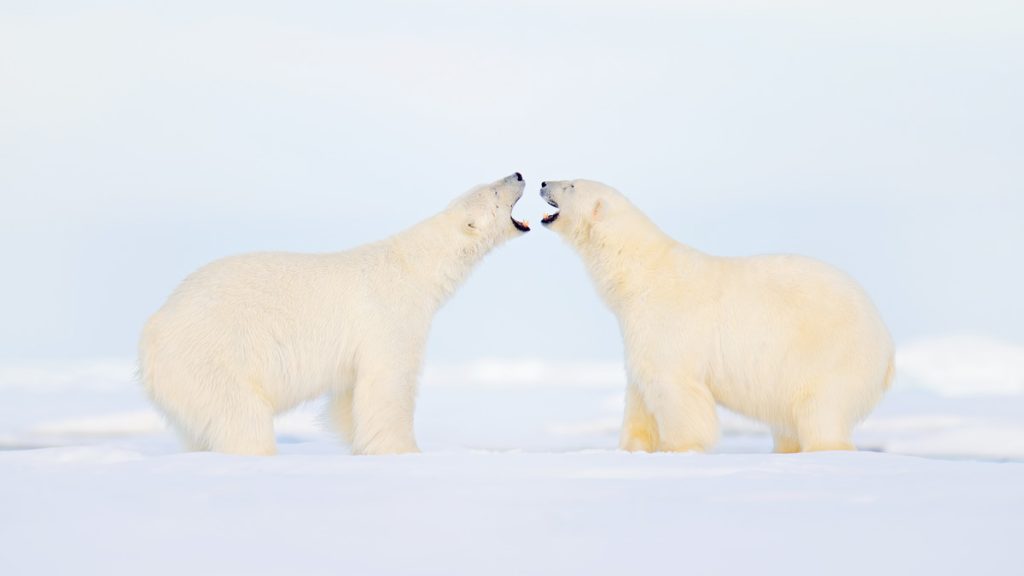
What is International Polar Bear Day?
International Polar Bear Day is an annual event that takes place on February 27th. It was created to raise awareness about the plight of polar bears and what we can do to help them.
The international day to celebrate the polar bear was first proposed in 2011 by Polar Bears International, a non-profit group committed to supporting the survival of these incredible creatures. The day’s goals are to promote the conservation of polar bears and their habitats and engage people in activities that support polar bear conservation.
History of Polar Bears and Their International Holiday
Polar bears once thrived in the Arctic. They were an elegant part of the ecological tapestry as well as a huge source of survival for indigenous cultures in this region. However, polar bears became increasingly persecuted by Russian, European, and North American hunters, severely depleting the polar bear population by the early 1900s.
By the 1950s, polar bears continued to feel the encroaching threat to their existence at the hand of humans. To explain, the burgeoning rise of industrialism, manufacturing, and transportation – all of which rely on burning fossil fuels – started causing ocean levels to rise. In turn, polar bears began to see their living environment begin to fade – making their survival even more difficult.
In answer to the plight of the polar bear, environmentalist groups began to rally for their protection. Consequently, USSR, Denmark, Norway, and the US signed the first international agreement purposed to conserve and protect polar bears and their habitat in 1973. This agreement was signed by these four countries, and it expressly prohibits the commercial hunting of these bears.
While this was a step in the right direction, the world continues to move on while polar bears desperately need their environment to remain stable. As a result, International Polar Bear Day was formulated by environmentalists. As mentioned, the first official IPBD was launched in 2011 by the Polar Bears International group and has been a pin on polar bear lovers’ calendars ever since.
Ways to Celebrate International Polar Bear Day
In order to celebrate International Polar Bear Day, there are a few things you can do. For starters, you can learn about polar bears and their environment. This includes learning about the different types of polar bears, their habitat, what they eat and how they live.
You can also watch documentaries or movies about polar bears, read books or articles about them, or visit a zoo or aquarium that has polar bears. I highly recommend a book called Gunilla: An Arctic Adventure by Albert Viksten.
Suppose you want to do something more active to celebrate International Polar Bear Day. In that case, you can participate in or organize a fundraiser for a conservation organization dedicated to preserving polar bear habitat. You could also hold a “polar bear plunge,” where people take a dip in icy water to raise money for charity.
Or, join an environmental group working to reduce greenhouse gas emissions and help fight climate change – something that threatens the future of wild polar bears. See below for more ideas & my favorite place to donate to support polar bears.
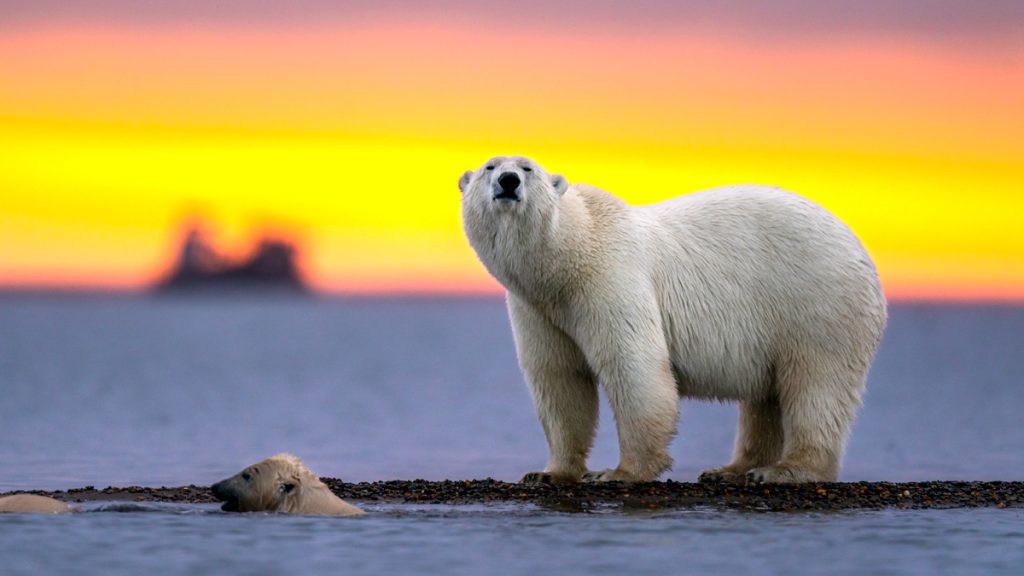
Ways to Support Polar Bears (on February 27th and Beyond)
Polar bears are one of the most iconic and beloved animals on Earth. They are also one of the most vulnerable, as their habitat is melting away due to climate change. February 27th is International Polar Bear Day, and it’s a perfect opportunity to learn more about these amazing creatures and what we can do to help them. Here are some ways you can support polar bears on this day and every day:
1. Educate yourself and others about polar bears and the threats they face. The more people who understand the issues, the better equipped we will be to take action.
2. Support organizations that are working to protect polar bears and their habitat. Many great organizations are doing important work to conserve polar bears and their Arctic home. Your donations or volunteer time can make a big difference. I donate to Polar Bears International because they have a low admin cost. They wisely use their funds to do significant research and establish programs to counteract the dwindling polar bear population.
3. Reduce your own carbon footprint. Climate change is the biggest threat to polar bears, so anything we can do to reduce our impact on the environment will help them in the long run. Simple steps like recycling, driving less, and conserving energy can all make a difference.
4. Spread the word about International Polar Bear Day! Help raise awareness for this special day by sharing information with your friends and family. The more people we can reach, the greater chance we have of making a real difference for polar bears.
Symbolic Meaning of Polar Bears
Polar bears have been an important symbol for a variety of cultures throughout history. In Inuit mythology, the polar bear is associated with the moon, and is said to be able to change into a human form. The Yupik people of Alaska believe that the souls of the dead hunt on the backs of polar bears. For many people, polar bears are a symbol of strength, courage, and survival in the face of adversity.
In recent years, polar bears have also come to symbolize the threat posed by climate change. As global temperatures continue to rise, polar bear populations are increasingly at risk of decline due to the loss of sea ice habitat. As a result, polar bears have become an icon for conservation efforts aimed at combating climate change.
Spiritual Meaning of Polar Bears
Polar bears are one of the most iconic animals in the world, and they have a special place in the hearts of many people. For some, they represent the spirit of the wilderness and the power of nature. For others, they are a symbol of hope and resilience in the face of adversity. Whatever your personal connection to polar bears may be, there is no doubt that these magnificent creatures hold deep spiritual meaning for many people.
On International Polar Bear Day, we celebrate the role that these amazing animals play in our lives and in the natural world. We also take this opportunity to reflect on the ways we can help protect them and their habitat.
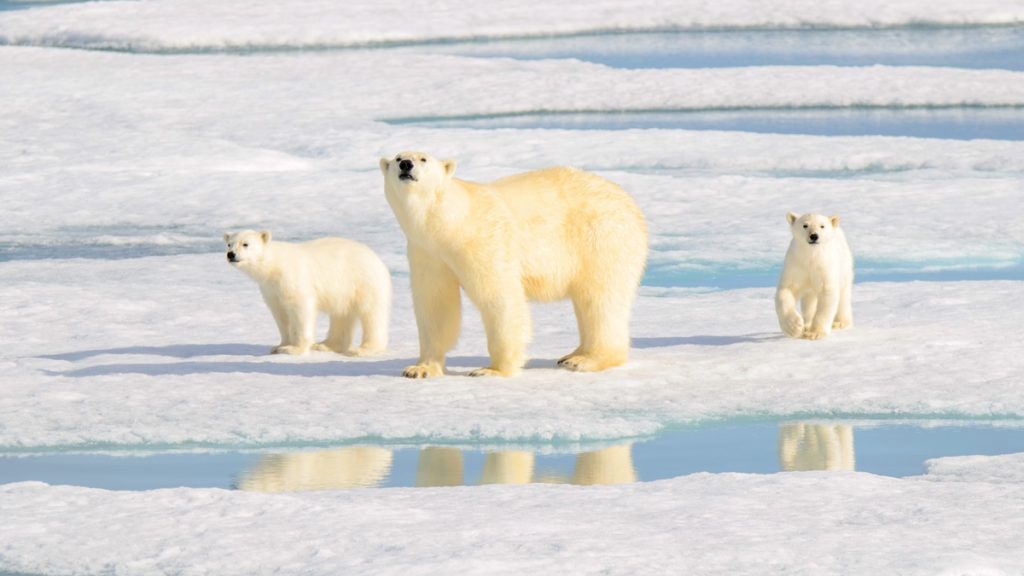
How to Know if the Polar Bear is Your Spirit Animal
Polar bears are one of the most popular spirit animals, and for good reason. They are fierce, powerful, and beautiful creatures that embody all the traits we admire in a spirit animal. If you’re wondering if the polar bear is your spirit animal, here are a few ways to know for sure:
You feel a strong connection to the Arctic.
If you have always been fascinated by the Arctic and its wildlife, it’s likely that the polar bear is your spirit animal. Polar bears are strongly associated with this region, and their powerful presence can be felt even from afar. If you find yourself daydreaming about the Arctic landscape or longing to see polar bears in person, it’s a sign that they hold a special place in your heart.
You’re drawn to their majestic beauty.
There’s no denying that polar bears are stunning creatures. Their thick white fur and massive size make them stand out from other animals, and their regal bearing is hard to resist. If you find yourself constantly admiring pictures of polar bears or dreaming of meeting these animals in person, it could mean the polar bear is your animal totem.
You appreciate their strength and power.
Polar bears are some of the strongest and most powerful animals on Earth. They have an incredible ability to survive in harsh conditions, and their size ensures that they are top predators in their environment. If you respect and admire these qualities, it’s likely that the polar bear could be your power animal.
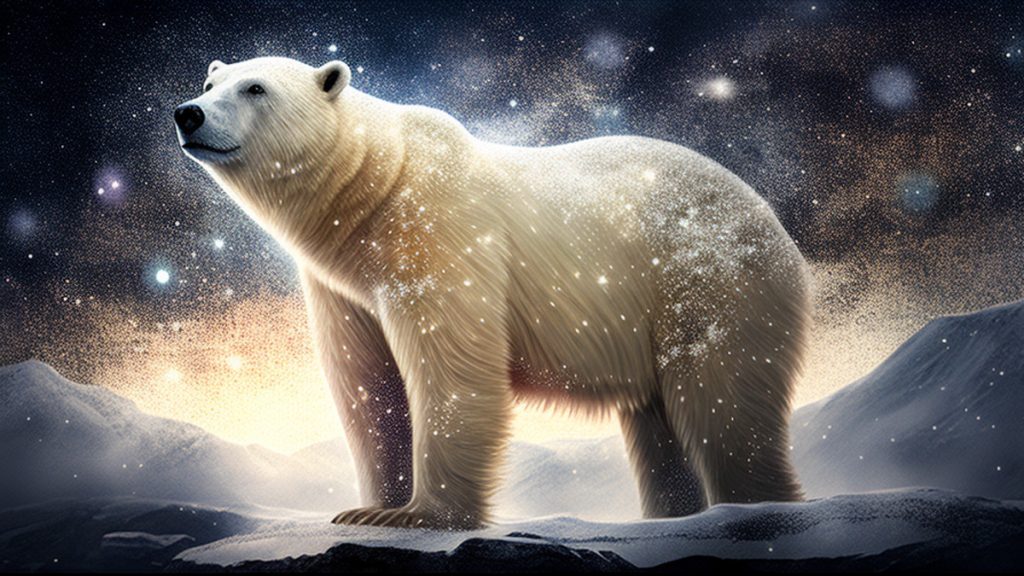
Polar Bears in Myth and Folklore Around the World
Polar bears are one of the most iconic animals in the world, and their image is often used in popular culture and folklore. In many cultures, polar bears are seen as symbols of strength, power, and courage. They are also often associated with winter and the Arctic.
In one example, in Norse mythology, the polar bear is associated with the goddess Freyja. It is said that Freyja’s tears turn into polar bears when they fall to earth.
In Inuit mythology, polar bears are said to be able to transform into human form. The Inuit people of North America believe that polar bears are reincarnated, human souls. The Inuit god Anguta is said to rule over all polar bears, and it is believed that he can send them to help humans in times of need.
Polar bears also play a significant role in indigenous folklore across North America. In some stories, they are tricksters who teach humans important life lessons. In others, they are heroic figures who protect their people from harm.
Whether seen as spirits of the departed or helpful guides, polar bears occupy a special place in the hearts and minds of people worldwide. On International Polar Bear Day, we celebrate these magnificent animals and all that they represent.
Common Curiosities About Polar Bears in the Wild
While we’re on the subject of International Polar Bear Day (Feb 27th), it just makes sense to explore different aspects of these tremendously fascinating creatures. To that end, here are some common questions and answers about polar bears.
Polar Bear Habitats and Where They Live
Polar bears are one of the most interesting animals in the world. They live in some of the harshest environments on Earth and have adapted to survive them. Here are some facts about polar bear habitats and where they live.
- Polar bears live in the Arctic Circle, which includes parts of Alaska, Canada, Greenland, Iceland, Norway, Russia, and Sweden.
- They are also found on a number of small islands in the Arctic Ocean such as Svalbard and Franz Josef Land.
- Polar bears prefer areas where there is sea ice so that they can hunt for their main food source – seals.
- However, polar bears are very adaptable and can live in a range of different habitats including tundra, ice floes, and coastal areas.
- In recent years, polar bears have been seen spending more time on land as the sea ice melts due to climate change. This is causing problems for the polar bears as they are having to travel further distances to find food and shelter.
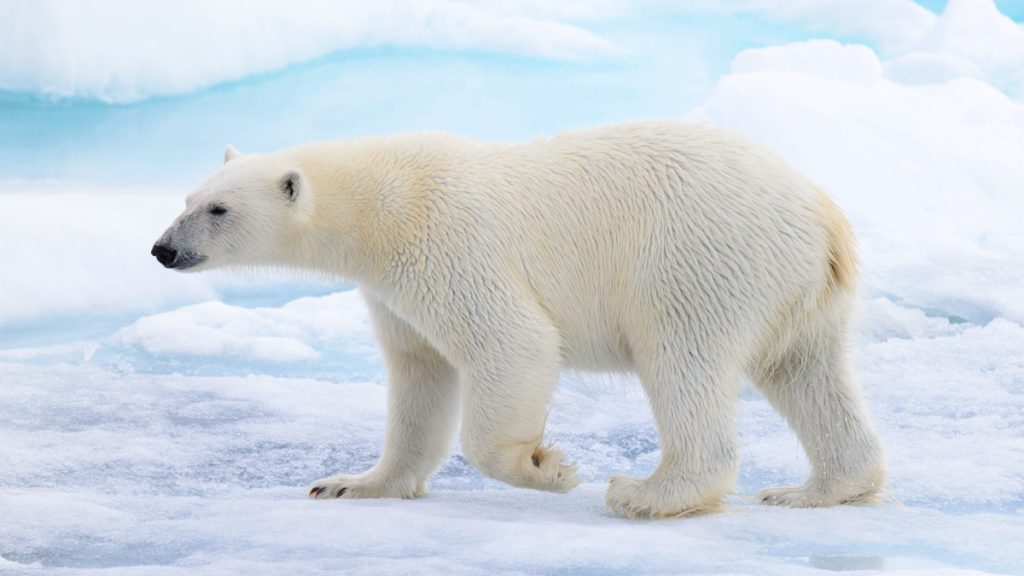
Do Polar Bears Hibernate?
Polar bears are one of the most popular animals in the world, and International Polar Bear Day is a day to celebrate these magnificent creatures. Although polar bears are typically associated with cold weather and snow, they actually do not hibernate.
Polar bears are able to survive the long, cold winters because of their thick fur coats and layer of fat that insulates their bodies. They also have a good sense of smell, which helps them to find food. Polar bears mostly eat seal blubber, but they will also eat fish, birds, and other small animals.
During the winter months, polar bears spend most of their time hunting for food. They may travel long distances over the ice in search of seals. When seal dens are located, polar bears patiently wait outside for a seal to emerge so that they can pounce on their prey.
So, although polar bears do not technically hibernate, they do spend more time resting during the winter months. They may lie still for long periods of time or even sleep for short periods. This allows them to conserve energy and stay warm in their frigid environment.
Are Polar Bears an Endangered Species?
There are an estimated 22,000 to 31,000 polar bears in the world. The IUCN Polar Bear Specialist Group lists the polar bear as a “vulnerable” species because while they are threatened, they are not technically endangered according to criteria. However, some experts believe that polar bears could become an endangered species in the near future due to climate change and the loss of Arctic sea ice.
Polar bears rely on sea ice for hunting, traveling, and resting. As sea ice melts due to climate change, polar bears are forced to spend more time on land, where they have less access to food. This can lead to malnutrition and death. In addition, melting sea ice makes it more difficult for polar bears to travel long distances, which can impact their ability to find mates and reproduce.
While polar bears are not technically an endangered species, it is important to take steps to protect them from becoming one in the future. Some things you can do to help include reducing your carbon footprint, supporting organizations that are working to protect polar bears, and spreading awareness about the issue.
Frequently Asked Questions About International Polar Bear Day
International Polar Bear Day (IPBD) is an annual event that takes place on February 27th. The day was created to celebrate polar bears and to also raise awareness about the threats they face due to climate change.
The first IPBD was held in 2011.
IPBD originated in the United States, but has now become a global event.
The purpose of the day is to celebrate polar bears and to also raise awareness about the threats they face due to climate change.
There are many things people can do on this day to show their support for polar bears. Some ideas include: donating to a conservation group, reaching out to politicians urging them to take action on climate change, or simply sharing information about polar bears with others. Go back and check some of my other suggestions about what to do on International Polar Bear Day.
Concluding Thoughts About International Polar Bear Day
International Polar Bear Day is a special day to celebrate and protect the majestic polar bear. By learning about the threats that face these creatures and taking steps to reduce our own carbon footprint, we can all make a positive impact on their future. Additionally, we can do many fun activities in honor of International Polar Bear Day, like creating art or joining an online event. Let’s unite as one global community to help ensure that the polar bear still has its place among us for generations to come! As always, thanks for reading. And oh – happy International Polar Bear Day!
Mighty brightly,

© Copyrighted. All Rights Reserved.
Want more? Me too! That’s why I’ve also got this for you on Whats-Your-Sign:

